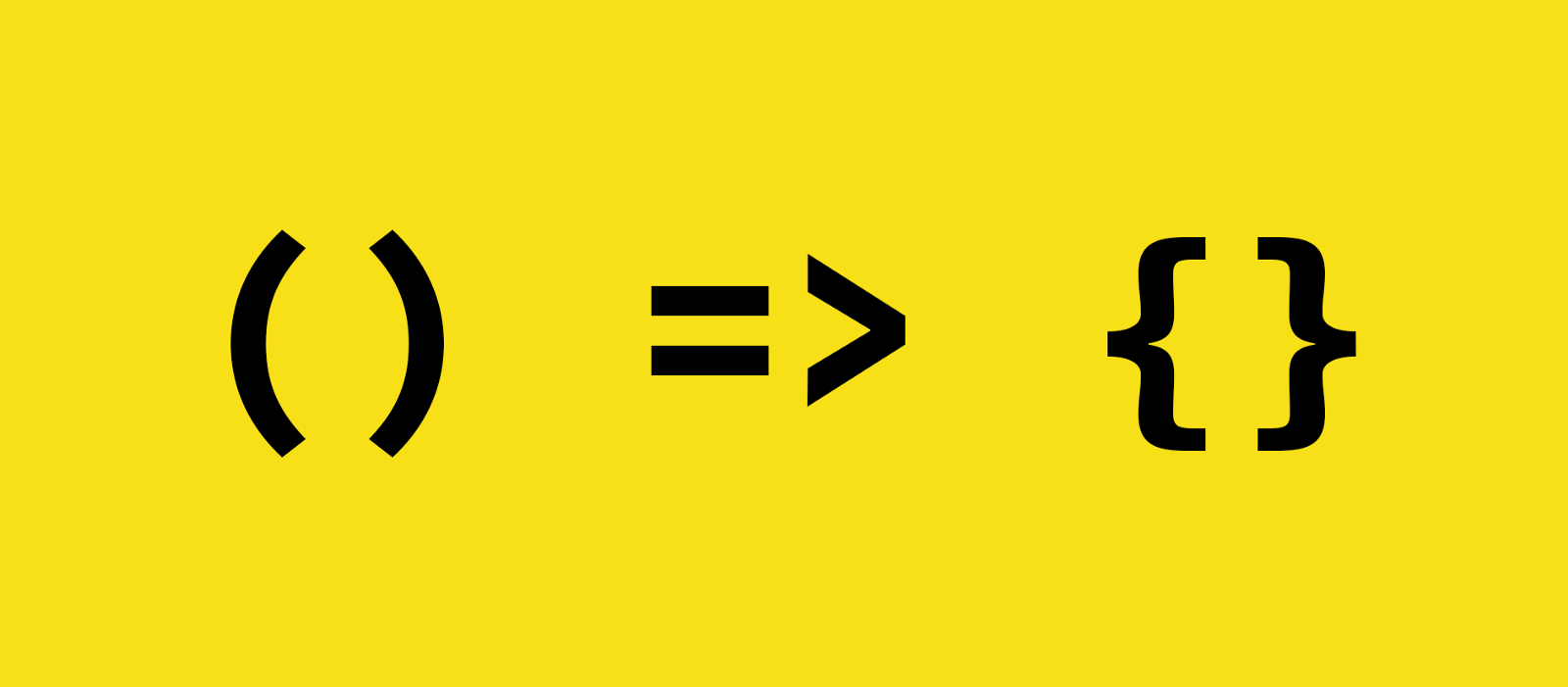箭头函数可以使我们的代码更加简洁,如下:
var sum = (a,b) => a+b;
JavaScript 充满了我们需要编写在其他地方执行的小函数的情况。
例如:
- arr.forEach(func) —— forEach 对每个数组元素都执行 func 。
- setTimeout(func) —— func 由内建调度器执行。
……还有更多。
JavaScript 的精髓在于创建一个函数并将其传递到某个地方。 在这样的函数中,我们通常不想离开当前上下文。这就是箭头函数的主战场啦。
箭头函数没有 this 。如果访问 this ,则会从外 部获取。
const group = { title: "Our Group", students: ["John", "Pete", "Alice"], showList() { this.students.forEach((student) => console.log(`${this.title}:${student}`)); }, }; group.showList();
如何使用普通函数则会出现错误,原因如下:
this指向错误,因为函数调用的上下文并非是group
⚠ 不能对箭头函数进行 new 操作 不具有 this 自然也就意味着另一个限制:箭头函数不能用作构造器(constructor)。不能用 new 调用它们。
—《现代JavaScript教程》
箭头函数没有 “arguments”
当我们需要使用当前的 this 和 arguments 转发一个调用时,这对装饰器(decorators)来说 非常有用
function defer(f,ms) { return function () { setTimeout(()=>f.apply(this,arguments),ms); } } function sayHi(who) { console.log(`Hello ${who}`); } const sayHiDeferred = defer(sayHi,2000); sayHiDeferred('Peng');
如何使用普通函数的话,则需要如下这样:
function defer (f,ms) { return function(...args) { const ctx = this; setTimeout(function() { return f.apply(ctx,args); },ms); } }
箭头函数总结:
- 没有 this
- 没有 arguments
- 不能使用 new 进行调用
- 它们也没有 super (在下一篇类继承中说明)





